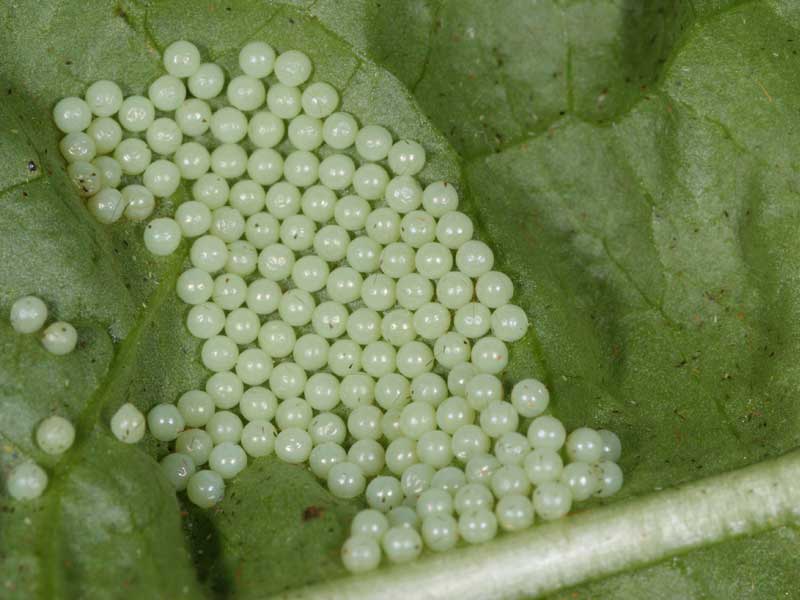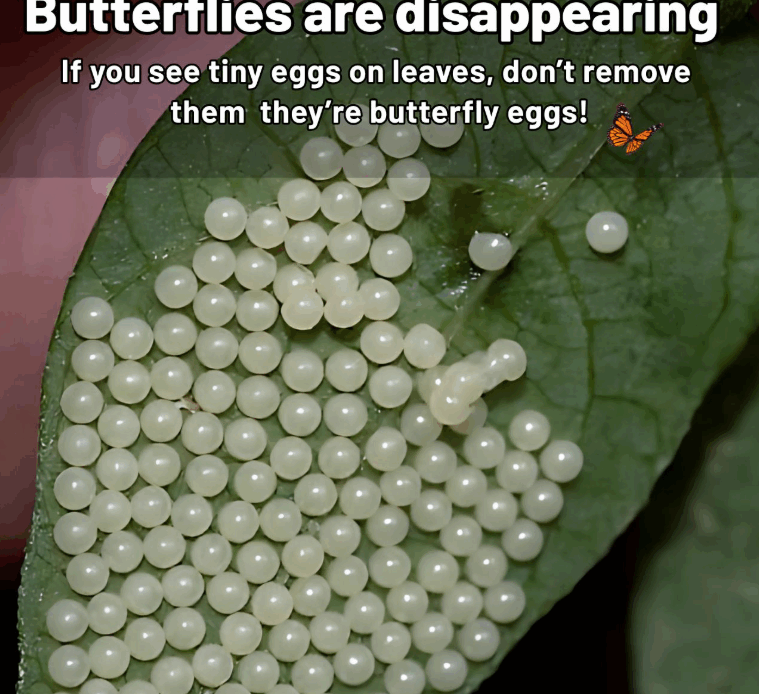Butterflies have long captivated our hearts with their delicate beauty, vibrant colors, and graceful flight. Yet, behind their charm lies a harsh reality: butterflies are disappearing at an alarming rate, and many species are now under threat. While this may seem like a distant ecological issue, it’s closer to home than we think — and the good news is, you can help make a real difference.
From skipping pesticides to planting native flowers, even the smallest action can support butterfly populations and help protect the ecosystems they help sustain. If you’ve ever paused to admire a butterfly fluttering past, read on — because saving them might be easier than you think.
🌍 What’s Causing Butterfly Populations to Decline?
Understanding the root causes behind butterfly decline is the first step toward meaningful change. There isn’t one single reason — rather, a combination of human-driven factors are affecting butterflies in different ways:
🏡 Habitat Loss
As we develop more land for homes, roads, and agriculture, butterflies are losing the natural habitats they depend on. Native plants — which butterflies rely on for laying eggs and feeding — are being replaced with concrete, lawns, or non-native species that offer little nutritional value. Without access to the right plants, butterflies struggle to complete their life cycles.
☠️ Pesticides and Herbicides
Pesticides used in conventional farming and home gardening can be lethal to butterflies. These chemicals may kill caterpillars, adult butterflies, or even the plants they rely on. Many gardeners use herbicides to get rid of “weeds,” but some of those so-called weeds, like milkweed, are vital host plants for butterfly species like the monarch.
🌡️ Climate Change
Changes in temperature and rainfall patterns disrupt butterfly migration, reproduction, and survival. Some species may emerge too early or too late in the season, missing the narrow window when their host plants are available. Climate change can also push butterflies into unfamiliar territory, where survival is uncertain.
💡 Light Pollution
We often overlook the impact of light, but artificial lights at night can disrupt the natural rhythms of nocturnal pollinators, including moths (close butterfly relatives). This disorientation can reduce reproduction and increase exposure to predators.
🦋 Why Butterflies Matter More Than You Think
Butterflies are more than just decorative additions to our gardens. They play a vital role in pollination, helping to fertilize flowers so they can produce fruit and seeds. While bees get most of the credit, butterflies are important pollinators too — especially for wildflowers.
They’re also key indicators of environmental health. A decline in butterfly numbers often signals deeper ecological problems, such as pollution, habitat fragmentation, or biodiversity loss. Additionally, butterflies — and their larvae — serve as food for birds, bats, and other species, forming a crucial link in the food chain.
Simply put: when butterflies disappear, entire ecosystems start to unravel.
🌼 You Can Help — Starting in Your Own Backyard
You don’t need to be a scientist or have a large garden to make a difference. Whether you have a small balcony, a backyard, or just a few potted plants, you can create a safe space for butterflies. Here’s how:
🌱 Plant Native Flowers
Native plants are the single most powerful way to support butterflies. These plants have evolved alongside local butterflies and provide the nectar and host resources they need to thrive.
Choose a mix of plants that bloom throughout the year — spring, summer, and fall — to provide continuous food. Prioritize milkweed if you’re hoping to help monarchs. Avoid hybrids and ornamentals that may look pretty but lack nectar.
Even a few pots of native plants on a windowsill can offer a lifeline.
🚫 Avoid Pesticides and Herbicides
Chemical sprays may seem like a quick fix for pests or weeds, but they’re devastating to butterflies and other beneficial insects.
Instead, explore organic alternatives like companion planting, handpicking pests, or using neem oil in moderation. Most importantly, embrace a bit of imperfection — a few holes in your leaves means your garden is feeding life.
🍂 Let Logs, Leaves, and Wild Areas Be
Butterflies and their caterpillars often rely on natural debris for shelter, especially during winter or when metamorphosing. That tidy garden you’re proud of might be less inviting to them than a slightly wild corner.
Leave a small brush pile, skip raking all the leaves, or allow a few logs to decompose in peace. These elements create microhabitats where butterflies can thrive safely.
💡 Turn Off Outdoor Lights
At night, artificial lighting disorients many pollinators, especially moths. When possible, switch off porch and garden lights. If you need lighting for safety or aesthetics, use yellow or red-spectrum bulbs and timers to reduce disruption.
This simple habit helps maintain natural nighttime patterns and gives pollinators a better chance of survival.
🥚 Don’t Remove Tiny Eggs on Leaves
Those tiny white or green specks clinging to the underside of a leaf? They’re often butterfly or moth eggs — the next generation of pollinators.
Don’t wipe them away or prune leaves with eggs. Instead, protect them. Better yet, teach others — especially children — to recognize and appreciate these early stages of life.
🌿 Support Conservation Organizations
Many nonprofits and community groups are working to protect pollinators through research, education, and habitat restoration. Support them with donations, volunteer time, or simply by sharing their mission.
Look into programs like Monarch Watch, Xerces Society, and Pollinator Pathway, many of which offer certifications, plant guides, and educational materials to help you turn your garden into a pollinator-friendly habitat.
📣 Inspire Others
The movement to save butterflies grows stronger when more people get involved. Share your progress with friends and neighbors. Start a community pollinator garden, organize a local butterfly walk, or host a native plant swap.
Even a simple photo shared on social media with a message about pollinators can spark curiosity and change.
📝 Butterfly-Friendly Garden Checklist
Here’s a simple checklist to get you started:
- 🌼 Plant a variety of native flowering plants
- 🥬 Include host plants for caterpillars
- 🛑 Avoid pesticides and herbicides
- 🍁 Leave leaf litter, twigs, and logs undisturbed
- 💧 Provide shallow water (like a muddy patch or wet stones)
- 🌙 Turn off or dim outdoor lights at night
- 🐛 Let butterfly eggs and larvae stay undisturbed
- 🌿 Allow part of your yard to stay wild and messy
🌈 Small Actions, Big Impact
You don’t need a massive meadow or scientific background to make a meaningful impact. The truth is, every wildflower planted, every egg protected, every light turned off counts. Each small act helps tip the balance back in favor of butterflies.
These gentle creatures have shared this planet with us for millions of years. Their survival depends on our willingness to coexist, to support the ecosystems they call home, and to see value in the small, quiet miracles happening just outside our door.
So the next time you see a butterfly pass by, know that you have the power to help — and that your choices matter.
Plant flowers. Avoid chemicals. Let nature breathe.
And remember — those tiny eggs on leaves? They’re the beginning of something beautiful. 🐛🦋
